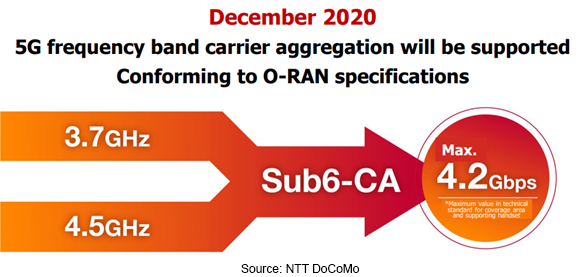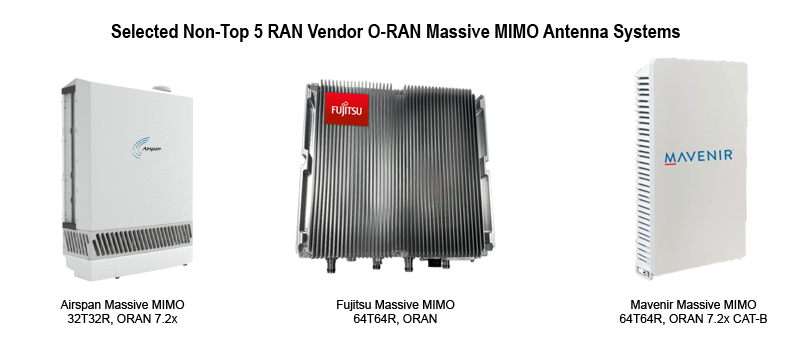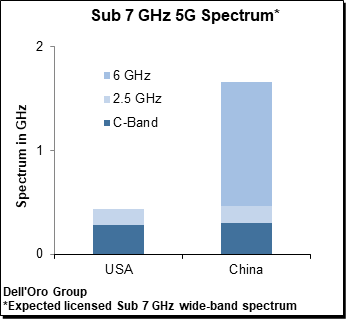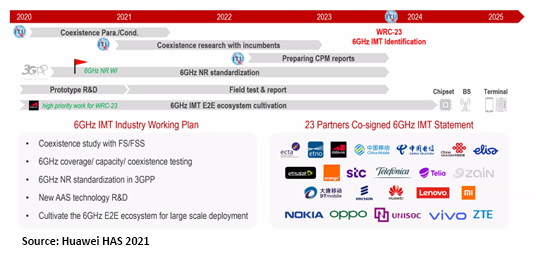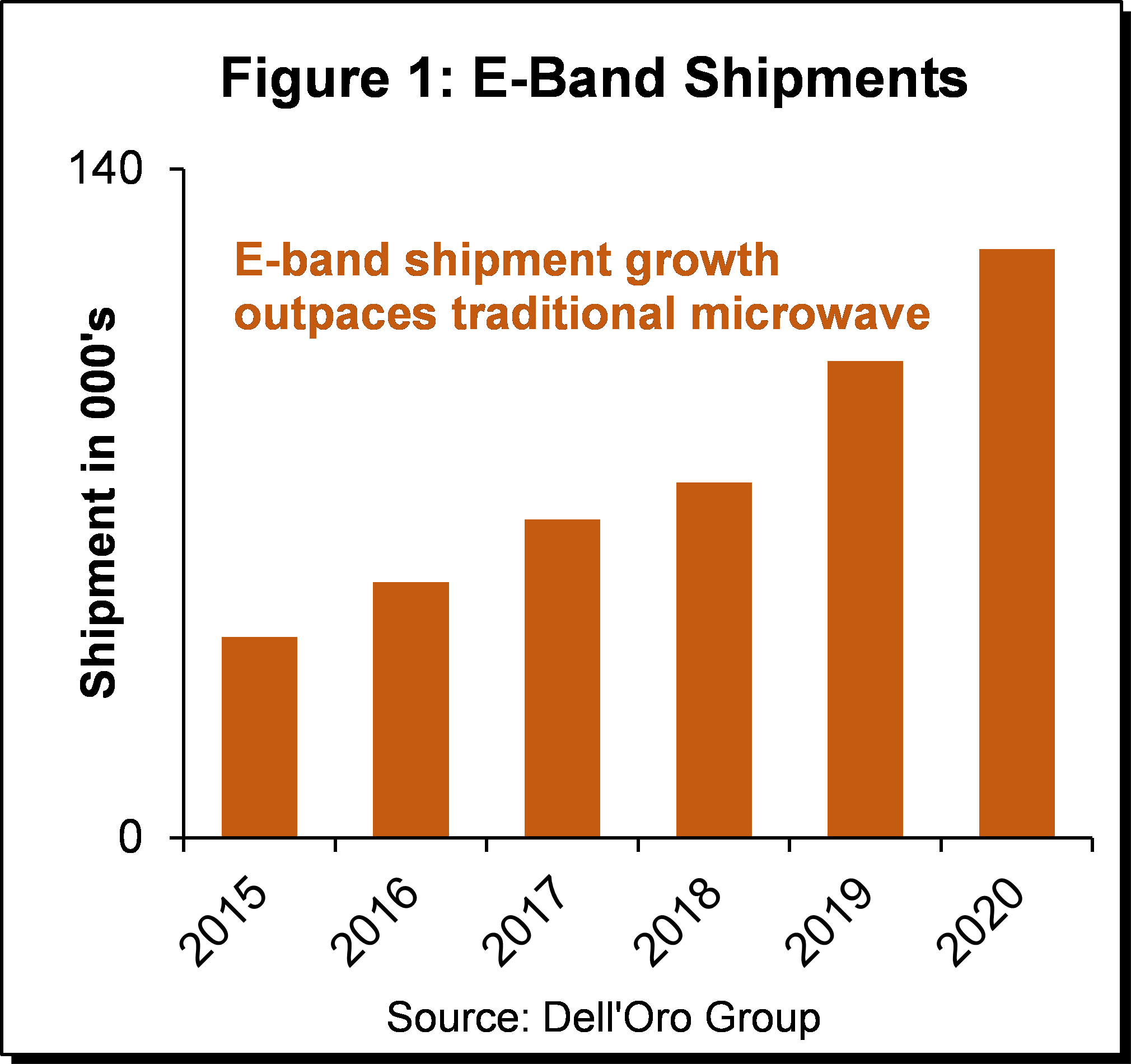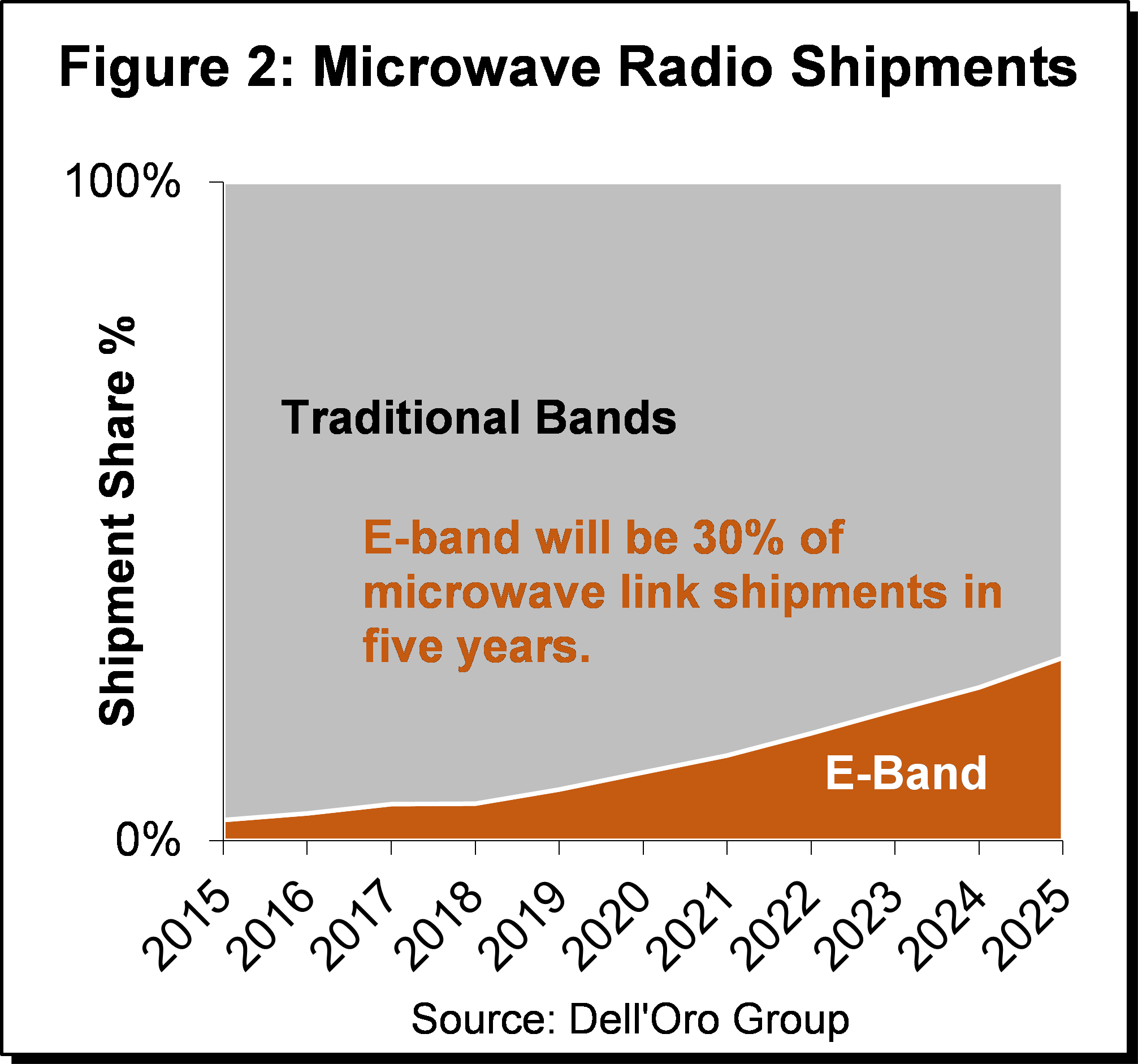Back in April, I wrote about the widening gap between the demand for new FTTH network buildouts and connections and the ability of equipment vendors to supply those network buildouts as well as the ability for network operators to find the necessary labor to complete those buildouts.
This discrepancy between supply and demand is in danger of increasing further based on pending and proposed funding and subsidization initiatives, which could total up to $16B in 2022, then gradually declining to $12B in 2025 as programs are phased out.
Adding more fuel to the fire has been the announcements in recent weeks by operators making strategic decisions to prioritize the expansion of their FTTH network buildouts to pass more homes in a shorter amount of time. In just the last three weeks, here is a quick summary of public announcements made by operators all planning to expand the reach of their fiber broadband services:
- AT&T announced that it was planning to more than double its fiber footprint to 30 million customer locations by the end of 2025 after it spun off its WarnerMedia unit in a combination with Discovery.
- Alaska’s GCI Communications announced that it will deliver 2Gig speeds to 77% of Alaskans in 2022 and that it will also provide 10Gig speeds in the next five years.
- TDS Telecom detailed plans to add more than 300k fiber locations by 2024, with 150k of those coming in 2021 alone
- Windstream revealed its plan to hire 1,000 new workers beginning in the fourth quarter of 2021 to support its five-year, $2B fiber expansion project, which would expand gigabit fiber services to 2 million locations by 2025.
These announcements follow others made in 2020, including Consolidated Communications detailing its plan to add 1.6 million new fiber passings in five years, with 300k of those being added in 2021.
Of course, these public announcements are a mere sampling of the substantial investments being made in FTTH network expansions throughout the United States both in 2021 and throughout the next five years. RDOF (Rural Digital Opportunity Fund), CARES (Coronavirus Aid Relief and Economic Security Act) and ARPA (American Rescue Plan Act) funds will go to further subsidize additional fiber projects in rural and underserved areas, as state legislatures prioritize the expansion of fiber broadband in the wake of the COVID-19 pandemic which highlighted the absolute for connectivity throughout their communities.
The concern for operators now suddenly ready to ditch their aging copper infrastructure and finally compete with cable operators who now hold a near-monopoly on fixed broadband subscribers is that supply chain and labor shortages will extend their fiber buildouts well beyond their announced target dates. Already, we are hearing anecdotally about the difficulty in hiring skilled workers in the fields of professional services and installation, as well as growing lead times for fiber, conduit, and ONTs. Also, equipment vendor backlogs are increasing at a rapid clip, as the gap between customer orders and finished goods they can ship for revenue widens.
The net result is that many of these fiber projects will take considerably longer to complete than the five-year deadlines the operators have set for themselves. Given some of the latest signals on inflation in the US, that might not be such a bad thing. Infrastructure projects such as these tend to ensure a sustained source of job creation over the course of multiple years, as opposed to a direct stimulus investment.
Even if project completion dates are pushed out due to supply chain and labor shortages, one possible outcome of this extensive and sustained fiber push is a similar switch to more fiber deployments by US cable operators. Though the larger operators have already signaled their intention to continue using HFC DOCSIS as their primary residential technology, with DOCSIS 4.0 as the next step that will get them to near-symmetric, multi-gigabit speeds, other smaller operators are moving more towards fiber. These operators talk about the fact that moving to a passive architecture in the outside plant and away from powered amplifiers helps them from an opex perspective.
DOCSIS 4.0 already represents a fork in the road, with operators having a choice between Extended Spectrum DOCSIS and Full-Duplex DOCSIS. But, if the competition from fiber providers ramps up faster than the availability of DOCSIS 4.0 equipment, there could be another fork in the road for multi-system operators (MSOs): A future based on DOCSIS or one on fiber. We have heard anecdotally that, where fiber providers have entered a broadband market previously dominated by a cable operator and have successfully stolen away a high percentage of broadband customers, the MSO has been forced to quickly do a node split to boost speeds. That will work in some systems and with certain subscriber bases, but it will fall short, especially when service is marketed as “True Fiber” and the other as just “Fiber-Like.”
